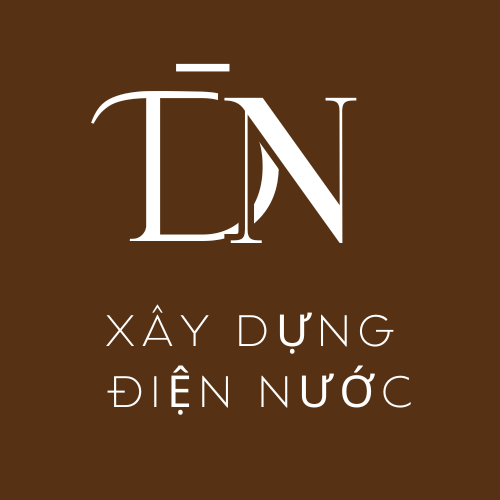Recently, AI has reshaped many sectors, but certainly no sector has seen more stunning innovations than visual content creation.
At the forefront of this revolution are adversarial networks – a fascinating deployment of deep learning that have revolutionized how we create images.
Understanding GANs
GANs were first introduced by deep learning specialist Ian Goodfellow and his team in 2014. This pioneering methodology utilizes two machine learning models that interact in an competitive relationship.
The generative network, on adobe.com called the synthesizer, strives to synthesize graphical data that resemble realistic. The discriminator, referred to as the critic, works to distinguish between real images and those synthesized by the first network.
This adversarial process produces a effective refinement process. As the assessor enhances its abilities at spotting generated visuals, the producer must improve its ability to synthesize more authentic images.
The Progress of GAN Models
Since their inception, GANs have seen significant improvement. Original architectures faced challenges in creating high-resolution images and often created unclear or unnatural pictures.
Still, subsequent iterations like Convolutional GAN (Deep Convolutional GAN), ProGAN, and Style-GAN have greatly refined image realism.
Certainly the most significant advancement came with Style-GAN2, designed by NVIDIA researchers, which can create extraordinarily authentic people that are frequently indistinguishable from real pictures to the untrained eye.
Implementations of GAN Architecture in Visual Production
The uses of GAN architecture in digital imagery are extensive and unceasingly expand. The following are some of the most significant utilizations:
Artistic Generation
GANs have created new horizons for artistic expression. Systems like NightCafe empower creators to develop impressive visual content by only inputting what they visualize.
In 2018, the picture “Portrait of Edmond de Belamy,” produced by a GAN, went for an extraordinary $432,500 at Christie’s auction house, representing the original sale of an AI-made artwork at a major art marketplace.
Photo Refinement
GANs show great capability in tasks like visual improvement. Tools powered by GAN architecture can improve low-quality graphics, repair compromised images, and even colorize B&W pictures.
This functionality has important uses for historical preservation, enabling for historical or compromised records to be restored to remarkable resolution.
Data Augmentation
In deep learning, securing comprehensive training data is crucial. GANs can produce extra samples, assisting in mitigate shortages in existing examples.
This function is exceptionally advantageous in domains like healthcare visualization, where confidentiality constraints and uncommonness of certain conditions can constrain accessible samples.
Clothing and Design
In the fashion world, GANs are being utilized to design new apparel, supplementary items, and even whole ranges.
Style professionals can utilize GAN applications to imagine how particular patterns might seem on various models or in multiple tints, significantly accelerating the creative process.
Creative Materials
For media producers, GANs offer a robust tool for producing fresh images. This is especially helpful in fields like publicity, interactive entertainment, and web-based communities, where there is a constant necessity for novel imagery.
Technical Challenges
Although their impressive powers, GANs continue to encounter various implementation difficulties:
Training Instability
A critical challenge is development instability, where the developer creates just a few types of results, neglecting the total variety of viable images.
Collection Skew
GANs are trained on the data they’re exposed to. If this sample collection features biases, the GAN will duplicate these preferences in its productions.
To exemplify, if a GAN is trained primarily on pictures of particular ethnic groups, it may find it challenging to generate different images.
Resource Needs
Training cutting-edge GAN models needs significant hardware resources, containing sophisticated GPUs or TPUs. This establishes a hurdle for multiple innovators and less resourced groups.
Moral Questions
As with countless artificial intelligence systems, GANs present important ethical challenges:
Deepfakes and Misinformation
Perhaps the most troubling application of GAN tools is the fabrication of artificial content – incredibly lifelike but artificial visuals that can display true individuals saying or doing things they haven’t actually said or did.
This potential generates serious concerns about false information, election interference, exploitative sexual content, and other harmful deployments.
Privacy Concerns
The potential to generate lifelike images of people creates important security matters. Concerns about permission, ownership, and proper application of likeness become increasingly important.
Creative Worth and Recognition
As AI-produced creative content becomes more advanced, discussions surface about authorship, attribution, and the significance of human ingenuity. Who gains credit for an image created by an AI model that was built by technologists and developed on artists’ creations?
The Future of GAN Frameworks
Peering into the future, GAN technology keeps evolve at a rapid speed. Several intriguing progressions are on the edge:
Integrated Models
Advanced GANs will likely grow gradually capable of generating across assorted platforms, combining words, graphical, auditory, and even film features into consistent results.
Improved Direction
Developers are building systems to provide people with better guidance over the created results, permitting for more specific alterations to individual elements of the generated visuals.
Enhanced Performance
Advanced GAN architectures will potentially become more economical, demanding fewer computational resources to develop and run, making these capabilities more attainable to a more extensive variety of individuals.
Final Thoughts
Generative Adversarial Networks have definitely reshaped the domain of visual creation. From synthesizing visual creations to improving healthcare visualization, these robust frameworks continue to broaden the possibilities of what’s achievable with machine learning.
As these applications constantly evolve, addressing the considerable beneficial implementations with the ethical dilemmas will be fundamental to ensuring that GAN models improves substantially to human advancement.
Regardless of whether we’re applying GANs to develop impressive pictures, reconstruct ancient depictions, or improve health examinations, it’s clear that these impressive frameworks will constantly influence our graphical landscape for years to ensue.
ai nudifiers
